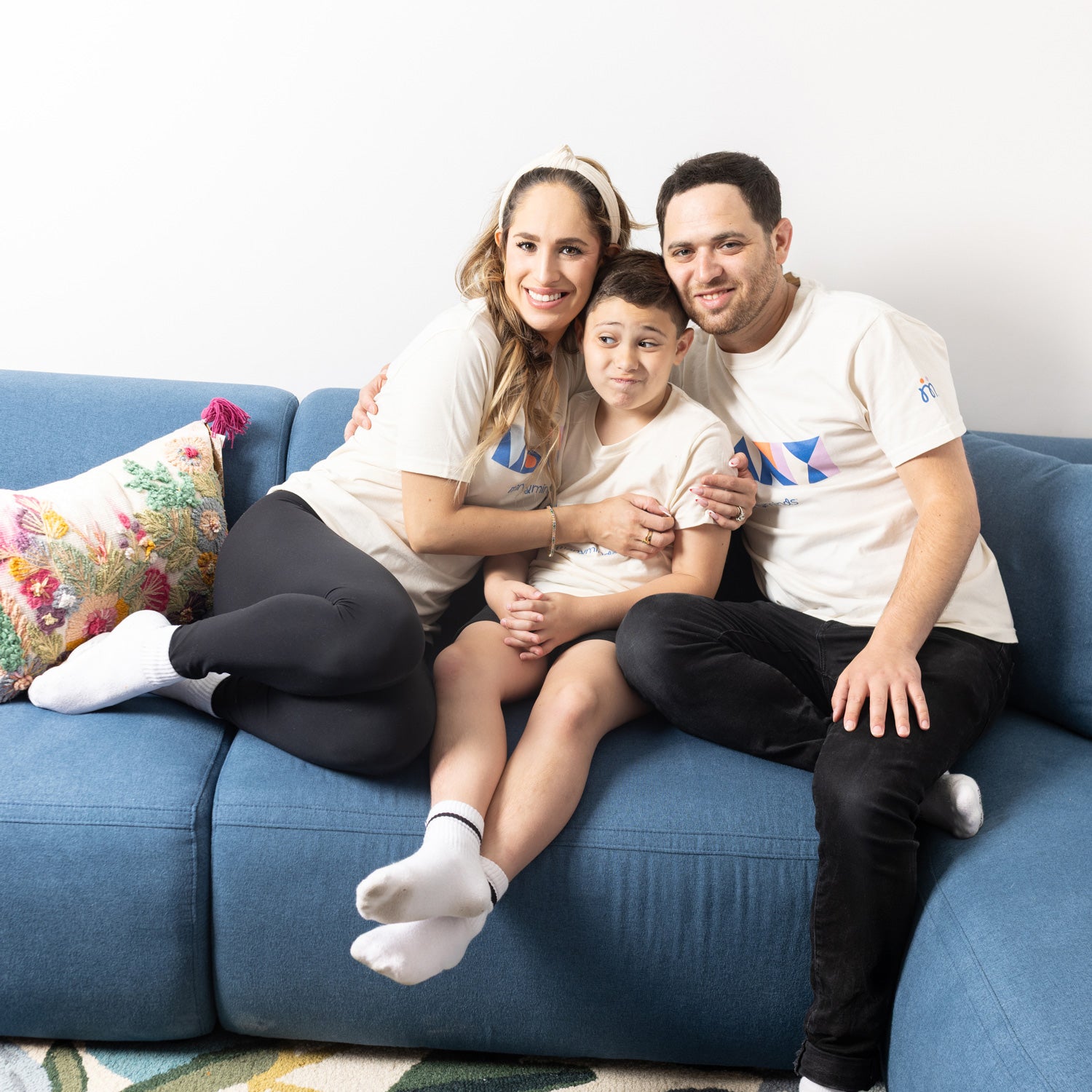
Info & Knowledge Centre
Raising a neurodivergent kid isn’t a straight line. But it can be beautiful, hilarious, wild, and full of love.
We built this space to share what’s helped us—and will maybe help you too.
About Many Minds - Mission, People & Products
What kind of products does Many Minds make?
Many Minds creates thoughtful, beautifully designed products for neurodiverse children. Our current product lines include:
- Many Minds Sensory Bed: A calming, enclosed sleep space designed to help children feel secure at night.
- Many Minds Crash Pad: A safe, impact-absorbing mat for big movement and sensory regulation.
- Many Minds CalmWave Sensory Canoe: A cozy, flexible seat providing deep pressure input for relaxation.
- Many Minds Sensory Rocket Space Tent: A safe space, help children relax and engage in soothing sensory play.
- Many Minds Sensory Swing: The swinging motion paired with compression provides the perfect vestibular sensory input, calming, and grounding for kids.
- Astronaut Light Projector: Designed to give your child control over their own environment. It brings a peaceful, calming atmosphere to their bedroom or play area.
Who is Many Minds for?
Many Minds is for children who climb, spin, jump, and explore in their own way—and for the parents who love them as they are. We design products to support kids with autism, ADHD, and other neurodivergent needs.
What is the philosophy behind Many Minds?
We celebrate each child’s uniqueness and create spaces that support, not change, neurodivergent children. Our mission is to provide environments that help kids thrive, recognizing neurodivergence as an integral part of being human.
Who is behind Many Minds?
We’re parents, therapists, designers, and neurodivergent adults—people who believe that neurodiversity makes the world better.
Many Minds wasn’t built to fix kids. It was built to celebrate them—and to help create a world where they feel free, safe, and fully themselves.
What is Neurodiversity
Read our article to find out more about Neurodiversity and why it matters to us.
Why do we hire neurodivergent adults?
Read more about why we hire neurodivergent adults here at Many Minds.

Sensory Processing Development
Some brains are wired to feel more—or need more to feel. That’s sensory processing. One kid might cover their ears at a whisper; another might crash into walls just to feel something.
It’s not about good or bad—it’s about how they connect with the world. And that difference? It often comes with deep focus, vivid imagination, and a wild, beautiful way of being alive.
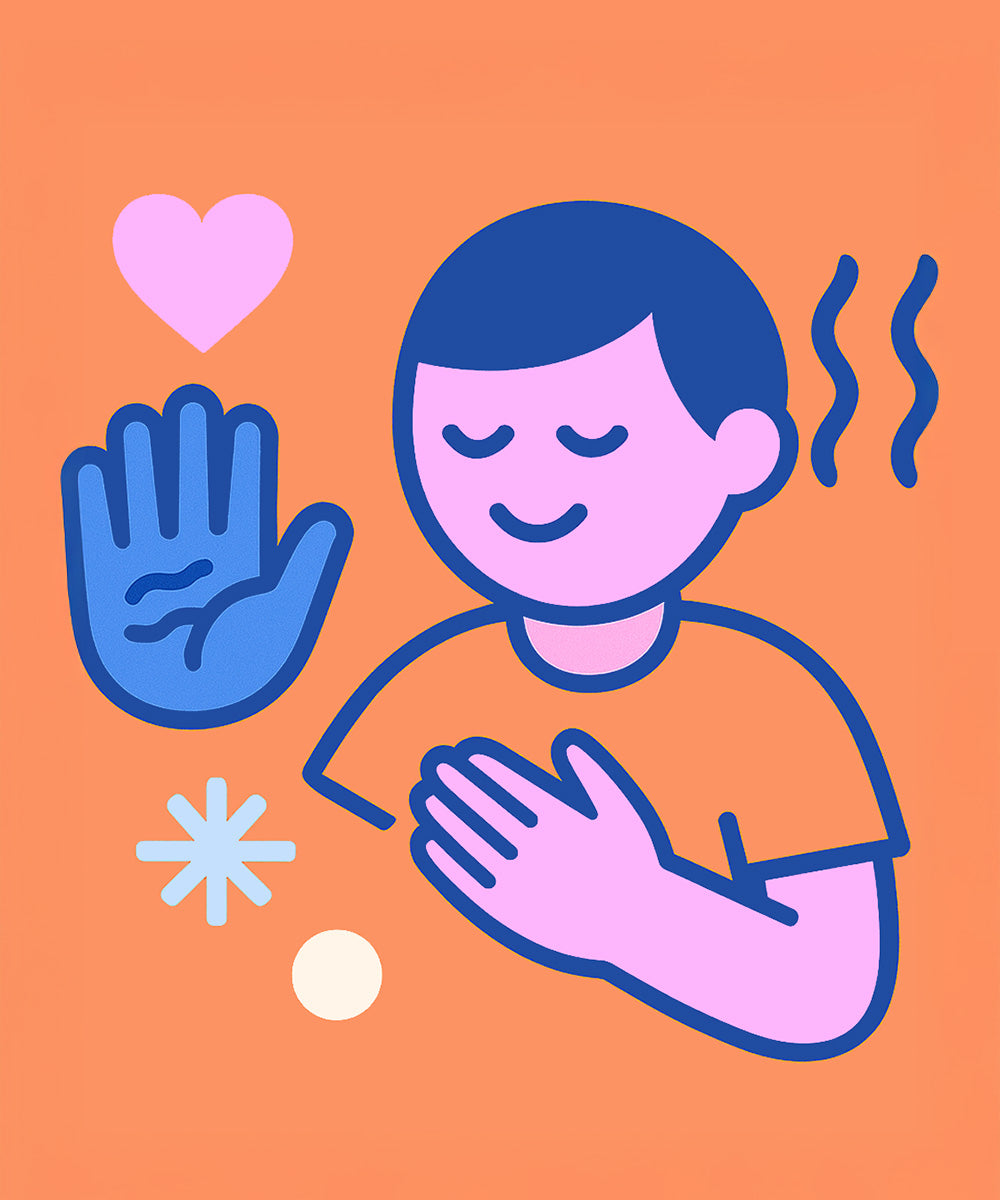
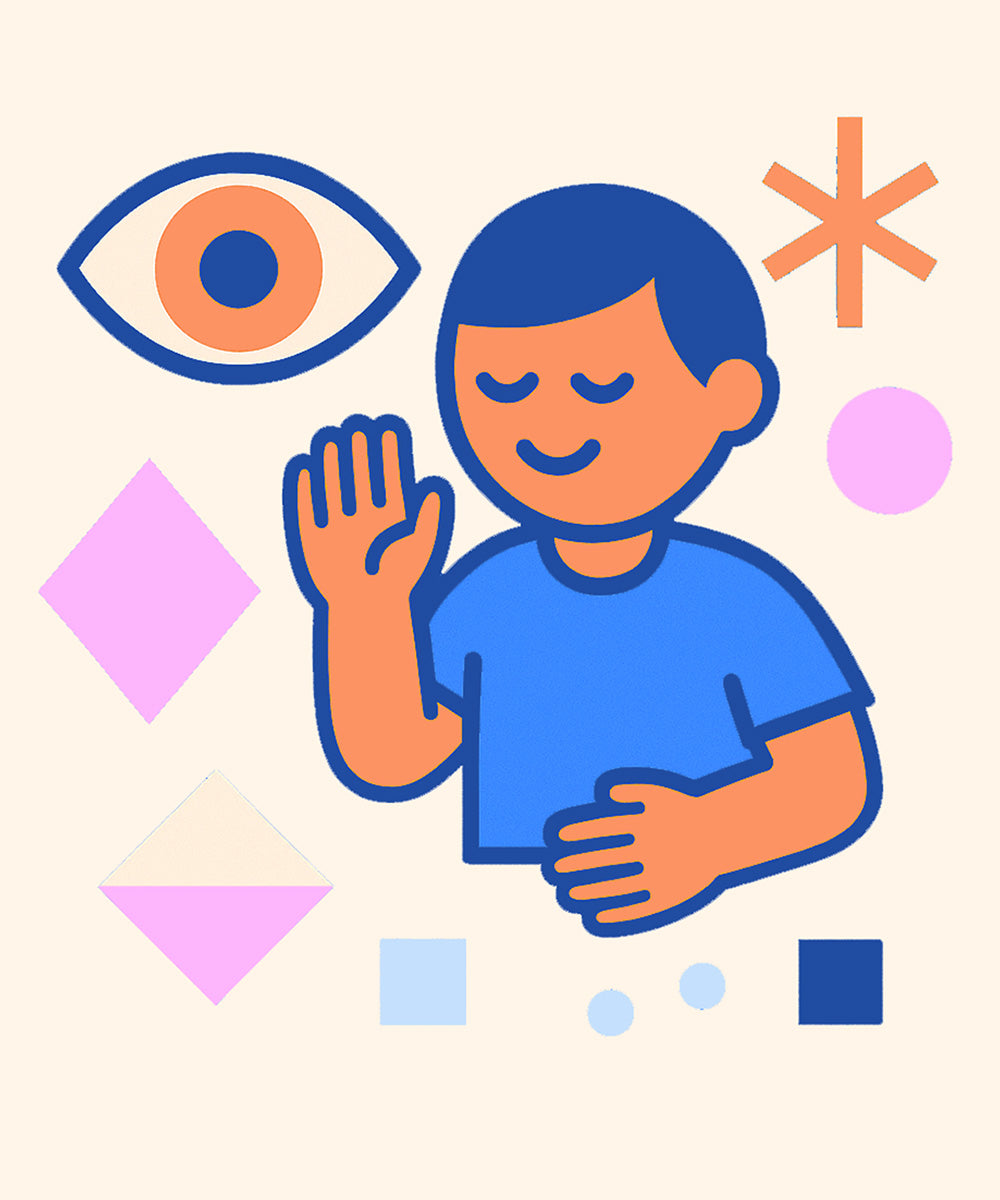
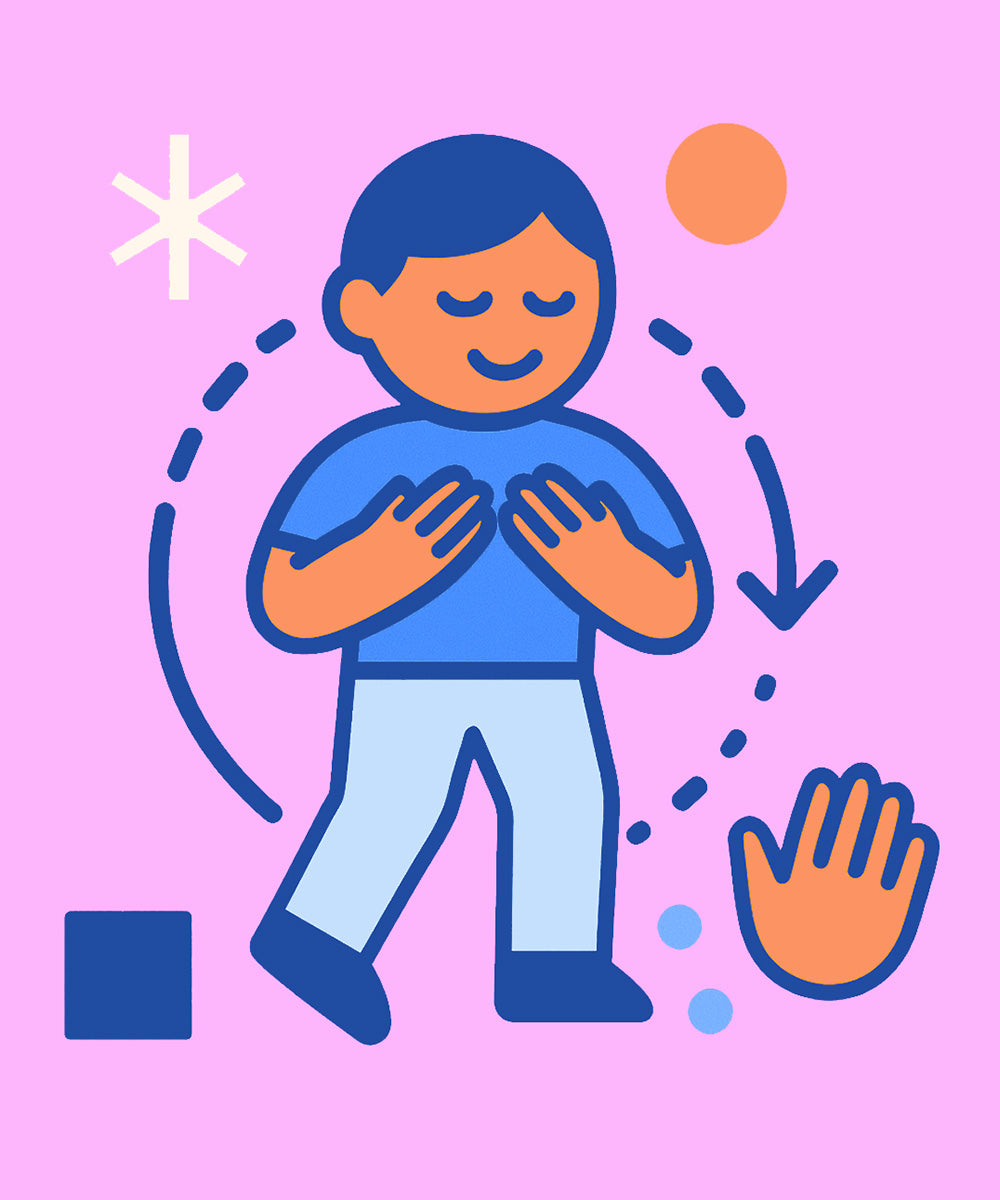
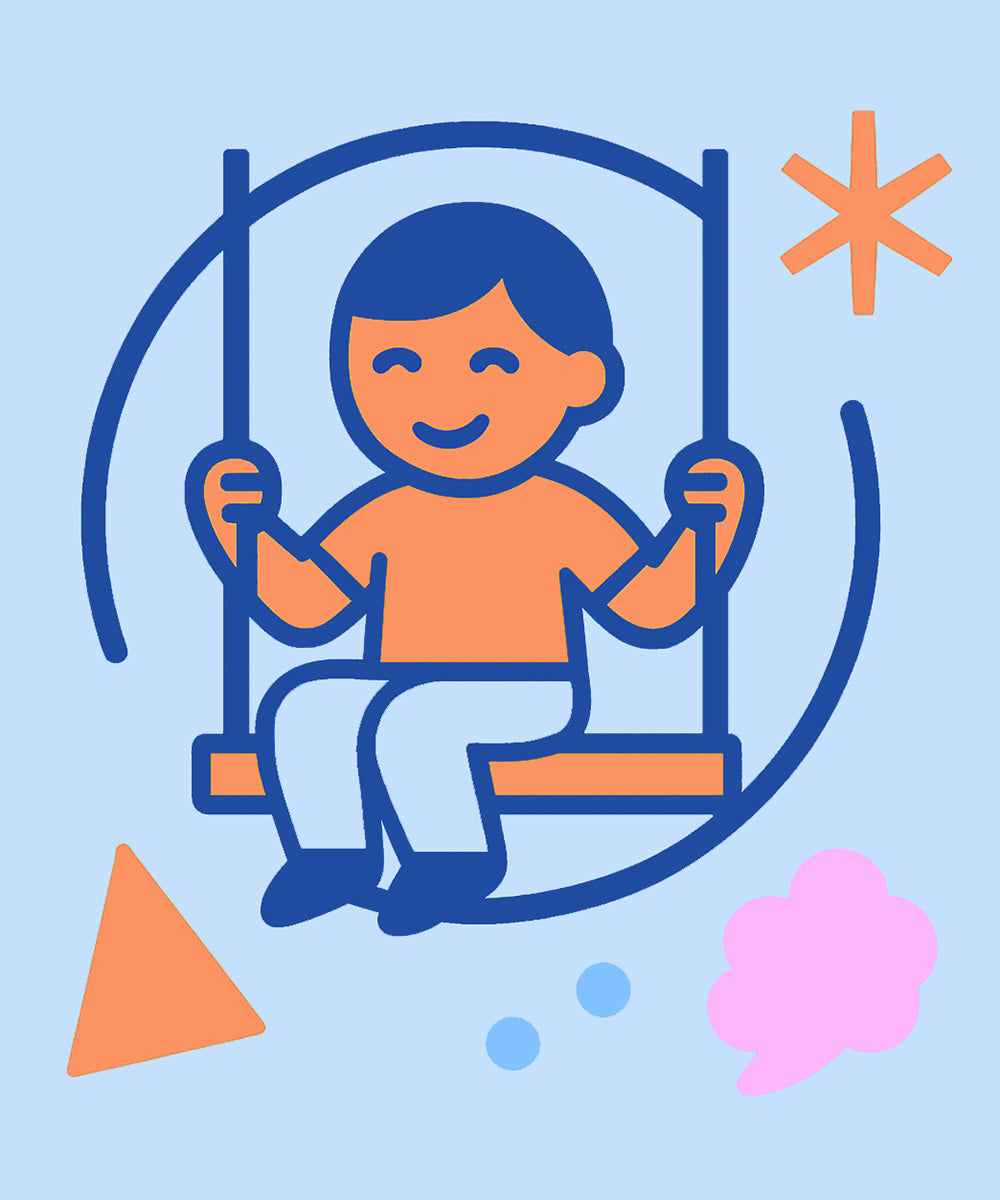
What it is: The sense of head movement and balance, controlled by the inner ear.
How it helps: Helps us stay upright, coordinate movement, and know where our head and body are in space.
Signs of difficulty: Fear of swinging or climbing, getting dizzy easily, clumsiness, or constantly seeking motion like spinning or jumping.
Products for this:
- Sensory Swing
- Crash Pad
What it is: The sense of where our body parts are in relation to each other, even without looking — sensed through muscles and joints.
How it helps: Helps us move with control, apply the right amount of pressure, and feel grounded in our bodies.
Signs of difficulty: Crashing into things, using too much or too little force, chewing on clothing, or preferring tight hugs or squeezing.
Products for this:
- Crash pad
- Sensory swing
- Calmwave Canoe
What it is: The ability to see and make sense of what we’re seeing — shapes, colors, movement, spatial relationships.
How it helps: Helps us read, recognize people, navigate spaces, and process nonverbal cues like facial expressions.
Signs of difficulty: Trouble with eye contact, squinting, struggling to follow lines of text, or being distracted by visual clutter.
Products for this:
- Sensory Rocket Tent
- Astronaut Projector Light
- Sensory Swing
What it is: The sense of touch — including pressure, texture, temperature, and pain — through the skin.
How it helps: Helps us understand our environment, feel safe and calm, and use our hands effectively.
Signs of difficulty: Avoiding messy play, clothing sensitivities, constantly touching things, or seeming unaware of injuries.
Products for this:
- Crash pad
- Calmwave Canoe
Creating a Neuroinclusive Home
What does neuroinclusive mean?
Neuroinclusive means creating spaces where different kinds of brains feel seen, safe, and supported- without needing to change who they are. It’s about making room for the way your child naturally thinks, feels, plays, and connects. No fixing. No forcing. Just home that feels like home.
Why is neuroinclusivity important?
The world should be neuroinclusive—but we’re not there yet. And until we are, home matters more than ever.
Your home is the one place you can shape. A space where your child isn’t told to be quieter, sit still, or stop climbing. If your kid needs to crash or spin or bounce to feel right in their body, home should say: go for it.
When you build a neuroinclusive environment for your child, they thrive—the same way any part of nature thrives when it’s in the right environment. A flower. An animal. A child. It’s not about changing them. It’s about seeing what was always there.
How can I make my home more neuroinclusive?
Start by shifting the goal—from “how do I manage my child’s behavior?” to “how do I shape the space so my child feels free, safe, and at home in their own body?” That’s the heart of neuroinclusivity.
It doesn’t mean turning your living room into a therapy clinic. It means building your child’s needs into the fabric of your home—like putting a crash pad in the corner, not as a clinical tool, but as part of how your family lives and plays. It’s not tucked away. It’s not hidden. It’s just there—like the couch, or the coffee table. Because regulation and joy shouldn’t be something they have to earn.
That’s what Many Minds was built for. We don’t sell therapy gear. We create pieces that help your home reflect the people who live in it—especially the ones who need movement, texture, and sensory input to feel right. This kind of furniture almost never existed before. So we made it.
Neuroinclusivity starts with one decision at a time: To make your home a place where your child feels like they belong.
How does the rest of the family benefit?
That’s the thing—neuroinclusive spaces don’t take away from anyone. They add. A crash pad doesn’t just help your sensory-seeking kid regulate—it becomes the cozy corner where everyone ends up reading, relaxing, or playing. A swing in the doorway isn’t just for therapy—it’s fun, it’s calming, it’s family life, reimagined.
Neuroinclusive homes are designed to support specific needs, but they end up making life better for everyone. Calmer mornings. Fewer meltdowns. More joy, more movement, more connection.
And here’s the truth: every family member has needs. Every mind benefits from feeling safe, respected, and at ease in their own space. Neuroinclusive design just brings that into focus—and makes it part of the plan.
How does many minds support families who need a little extra help?
We get it—life can be complicated. And we never want cost to be the reason a child misses out on something that helps them feel safe, calm, and truly themselves.
If our products aren’t in reach right now, just reply to one of our emails and let us know. We’ll quietly add you to our waiting list. For every 300 people who join our email list through referrals from our community, we give away one sensory product. It’s our way of growing together—and making sure that as our community expands, so does our impact.
Every child deserves a home that fits. We're here to help you create that—no matter where you're starting from.






